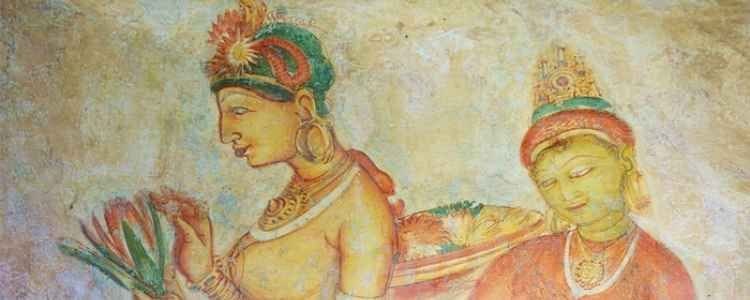Sigiriya Rock fortress Sri Lanka
Sigiriya Rock Fortress, located in Central Sri Lanka, is an awe-inspiring UNESCO World Heritage Site that has captivated visitors for centuries. Rising 200 metres above the surrounding landscape, this ancient rock fortress stands as a testament to the ingenuity and architectural brilliance of its creators. Let’s delve deeper into the history, significance, and features of Sigiriya Rock Fortress
Sigiriya Rock fortress Sri Lanka
Welcome to Sigiriya Rock Fortress, where history, nature, and human achievement converge. This monumental rock formation, also known as Lion Rock, has attracted scholars, archaeologists, and tourists from around the world. In this article, we will uncover the secrets of Sigiriya, exploring its historical context, architectural wonders, and the stories that linger within its ancient walls.
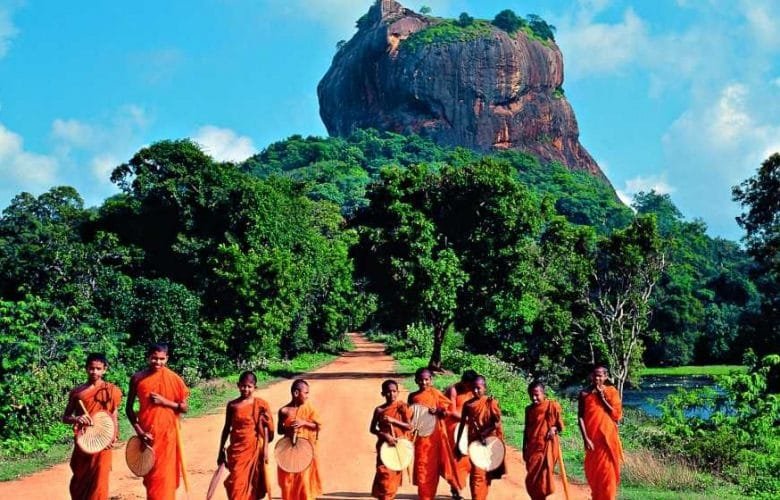
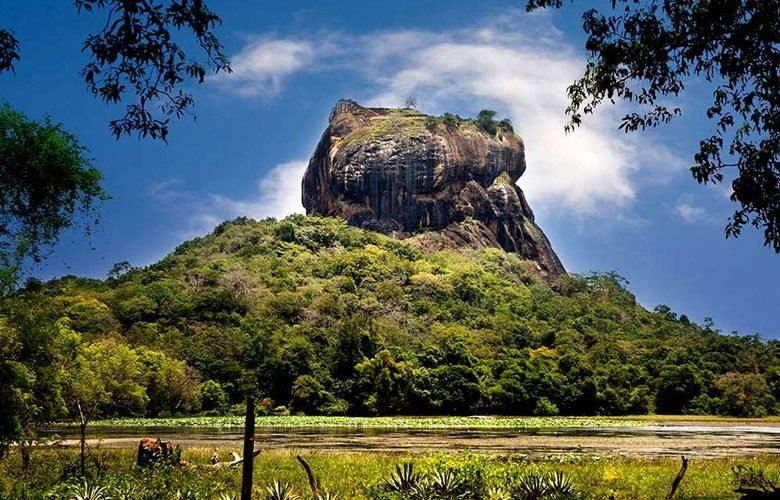
The Legend of King Kasyapa: The Story Behind Sigiriya Rock
To understand the significance of Sigiriya Rock Fortress, we must delve into its rich historical background. Dating back to the 5th century, Sigiriya was built by King Kasyapa as a royal residence and stronghold. In the 13th centuary, sigiriya was a monastery for the buddhist monks.
Its creation was driven by ambition, political intrigue, and a desire for protection. We will explore the rise and fall of King Kasyapa, his motivations for constructing Sigiriya, and the subsequent events that shaped its destiny.
Unveiling the Architectural Marvel: The Design of Sigiriya Rock
Sigiriya Rock Fortress showcases remarkable architectural feats that continue to astound modern-day observers.
From the majestic Lion Staircase (Lion Gate) to the mirror wall adorned with ancient graffiti, every structure within Sigiriya tells a story.
We will examine the ingenious water gardens, the awe-inspiring frescoes depicting celestial maidens, and the fascinating concept of urban planning evident in the layout of the fortress. Through detailed analysis, we will unravel the engineering mastery behind Sigiriya’s construction.
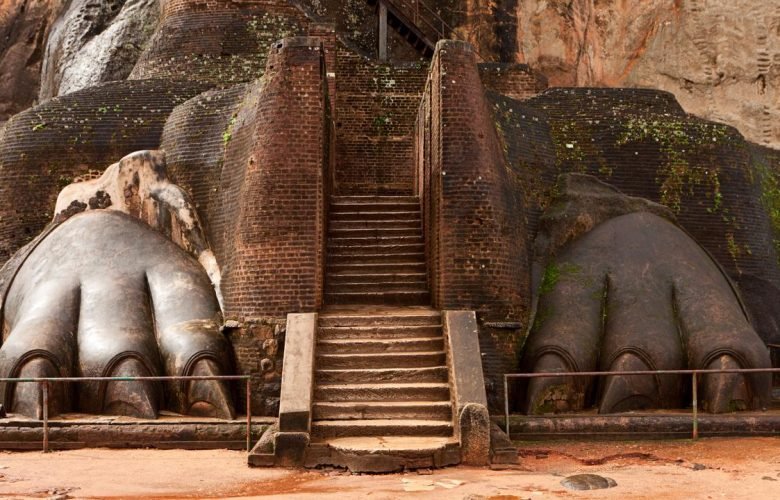
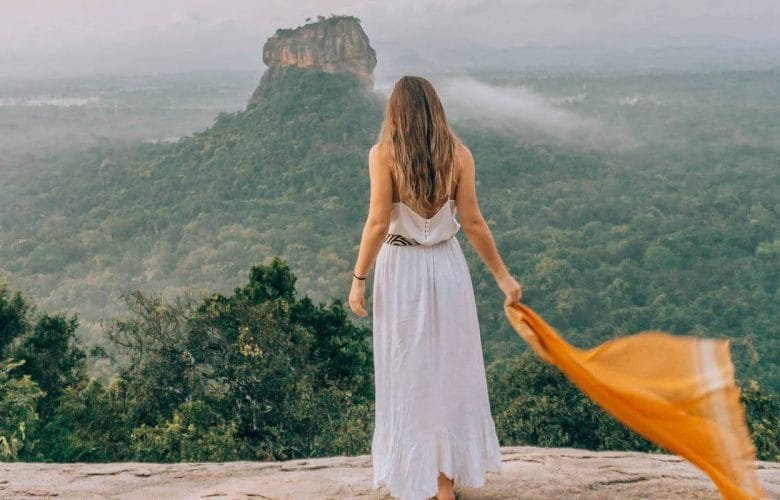
Sigiriya Rock: A Cultural Heritage of Sri Lanka
Beyond its architectural grandeur, Sigiriya Rock Fortress holds immense cultural and artistic value.
The mesmerising frescoes, painted on the sheltered rock face, offer a glimpse into ancient Sri Lankan artistry and the lifestyles of the time. We will delve into the symbolism and techniques employed in these exquisite murals.
Furthermore, we will explore the significance of the mirror wall, inscribed with ancient verses and poems that provide unique insights into the thoughts and emotions of visitors from centuries past.
Sigiriya Rock: A Spiritual Retreat Amidst Nature
The view of Sigiriya’s natural surroundings add another layer of allure to this historical site. Nestled amidst lush greenery, the rock offers breathtaking panoramic views of the surrounding landscape. We will discuss the flora and fauna found in the vicinity of Sigiriya, highlighting the diverse ecosystems that make it a paradise for nature enthusiasts.

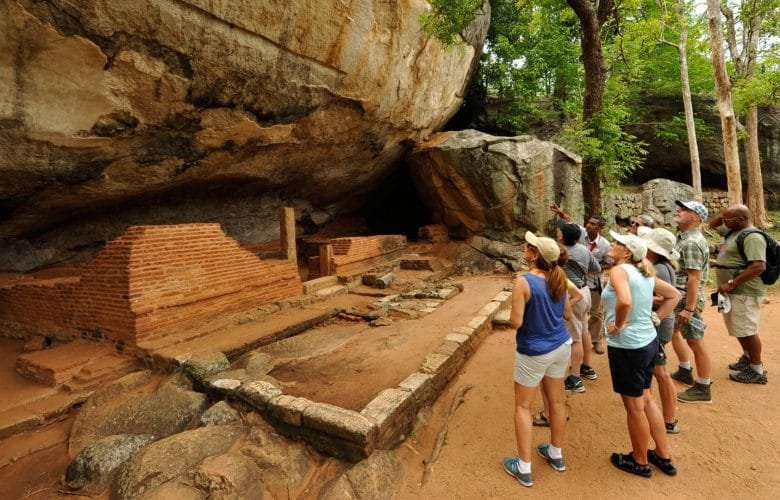
Preservation Efforts and Tourism
Sigiriya Rock Fortress has faced various challenges throughout its history, including natural deterioration and human interventions. In this section, we will explore the conservation efforts undertaken to preserve this cultural gem. We will also discuss the impact of tourism on Sigiriya and how responsible tourism practices can ensure its sustainability for future generations.
The lion rock Sigiriya graffiti was inscribed on the surface of the mirror wall at Sigiriya.Scribbled on the wall are over 1,800 pieces of prose, poetry, and commentary written by ancient tourists. These graffiti offer fascinating insights into the history of Sigiriya and the evolution of language in Sri Lanka over a period of 800 years.
The majority of the graffiti refers to the beautiful paintings of semi-nude females. These inscriptions confirm that this site was the residence of King Kasyapa, who ruled from 477 to 495 AD. The texts also suggest that the females depicted in the frescoes are the ladies of the King’s royal court—the ladies of the harem.
The graffiti range from statements of awe and declarations of love to commentary, curses, laments, diary entries, and mere statements of visit. Many demonstrate a high level of literacy and a deep appreciation of art and poetry written in Sinhala, Sanskrit, and Tamil. These early scribblers have left us priceless insights into the past.
Graffiti and Paintings
